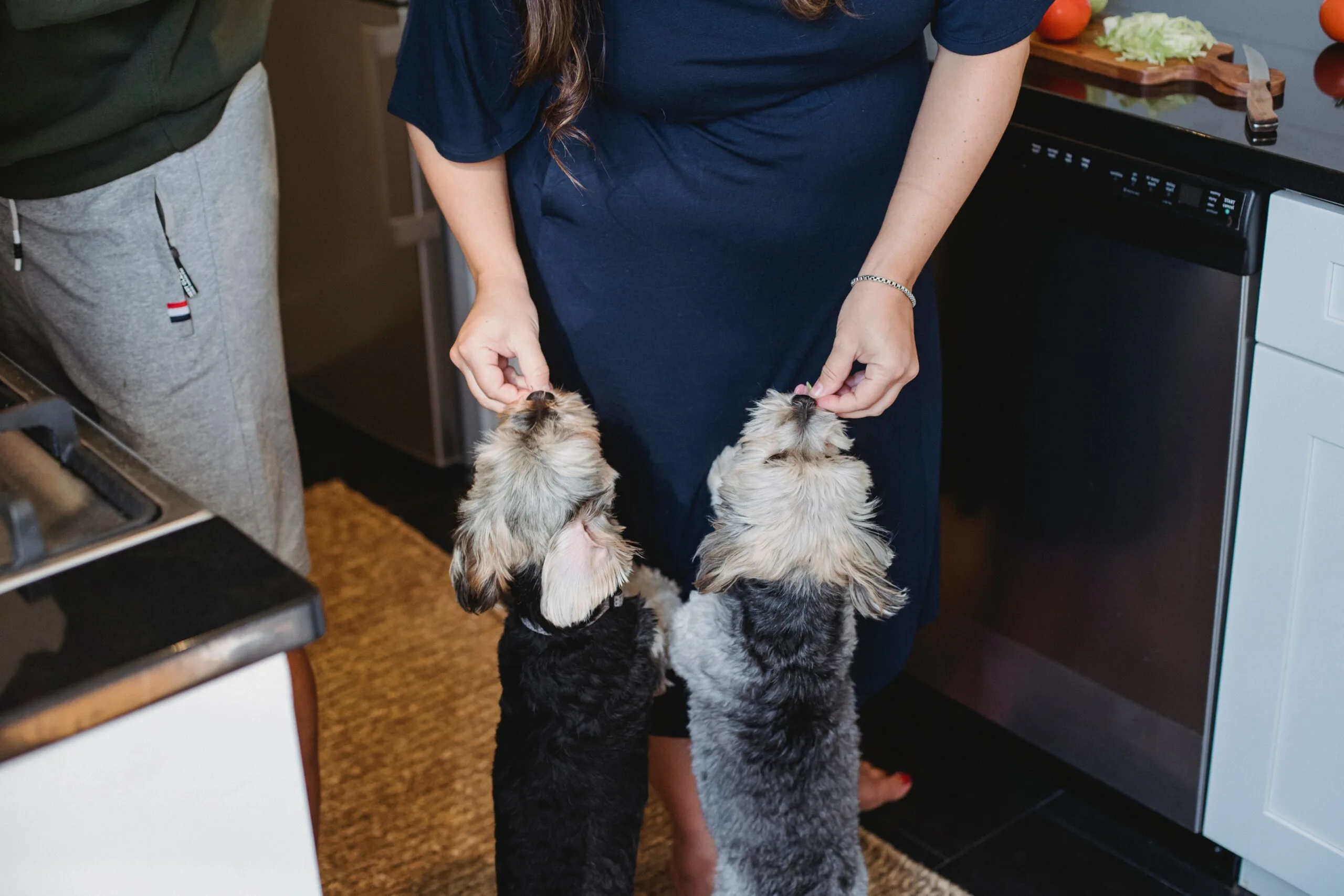Learning a language requires a lot of dedication and attention to detail. However, English is a complicated language that even native speakers get confused about.
One of these confusions includes the difference between apostrophes and “s” apostrophes. Both of these are used to express possession or ownership of something.
The main difference between the apostrophe s (‘s) and s apostrophe (s’) is that of singular and plural.
The apostrophe s is used to convey an individual’s possession of something, and the s apostrophe is used to describe the possession of something or something by more than one person.
You’ve to follow specific rules to ensure that your sentence and comma placement are grammatically correct. In this article, I’ll explain these rules about converting simple nouns into possessive cases of nouns.

What does an apostrophe before ‘s’ mean?

Apostrophes seen before the letter ‘s’ at the end of singular nouns indicate possession or ownership of something.
Using possessive nouns lets you say that something belongs to that particular noun. When you want to show a noun’s possession for something, you’ll add an apostrophe (‘s) at the end of that noun.
Here are a few examples for you.
- His pet’s name is Arthur.
- The train’s door is malfunctioning.
- This restaurant’s food is fantastic.
Keep in mind that the rule of adding apostrophes is only applied to singular nouns. It isn’t used with plural nouns.
What does an apostrophe after ‘s’ mean?

It’s used in a possessive context to show more than one person or thing has ownership of a specific thing.
You can use a possessive noun when you want to show that something belongs to someone, is connected to a place, or shows how people are related. When you want to express the possessive case of a plural noun, you must add apostrophes after the s.
Here are a few examples.:
- The dogs’ food in this shop is pretty good.
- The boys’ shorts are very expensive nowadays.
- I live in my parents’ house.
However, this rule of s apostrophe doesn’t apply to compound nouns. In this case, you’ve to use s apostrophe instead of s apostrophe.
What Is The Difference Between ‘s and s’?
The main difference between ‘s and s’ is that the former is used with singular nouns while the latter is used with a plural noun.
This ‘s and s’ is used for the possessive cases of nouns. S, when combined with an apostrophe, helps to show that a single or more persons own something or someone. The addition of apostrophes before or after the letter “s” to the noun is effortless. You don’t get confused in this regard if you know a few of the rules.
Here is a table with a few examples to make it easy to understand.
| Apostrophe s (‘s) | s Apostrophe (s’) |
| He has to submit his assignment in one week’s time. | He has to submit his assignment in two weeks’ time. |
| His dog’s food is already finished. | The dogs’ food in this store is excellent. |
| This country’s flag is pretty unique. | The countries’ flags are lined up on each side of the road. |
What is the proper usage of the letter S?
In the English language, s is used in various forms. I will list down a few of the proper uses of s here.
- You can use “s” or “es” to change singular words into plural.
- You can use “s” in the sentences to show the subject/ verb agreement.
- You can also use “s” to show a possessive case if you add an apostrophe before or after it.
- You can also contract “is” by simply adding apostrophes to the “s” in your sentences. For example, It is- it’s.
These are only a few uses of “s” in English. However, English is a pretty complicated language, and you can use each word multiple times in multiple scenarios.
Even natural English speakers might be perplexed by apostrophes (‘). They are, however, not difficult to grasp if you recall a few apostrophe principles. Discover the various apostrophe rules for constructing possessives and contractions, and you will never go wrong.
What is the rule for ‘s and s’?
It’s the general rule that you add an apostrophe and s to possessive nouns regardless of whether they end in s or not.
You’ll see a slight difference in’s and s’ placement. This difference depends on the singularity or plurality of the respective noun.
If your noun is singular, you’ll add apostrophes and s in that manner; ‘s. However, if your noun is plural, you’ll add s an apostrophe in this sequence: s’. The addition of apostrophes for a singular noun is simple, but it’s not the case with plural nouns.
Here are some of the rules to make it easy for you.
- If the plural noun ends in s, you’ll only add an apostrophe at the end—for example, three weeks vacation, the twins’ parents.
- However, if the plural noun does not end with s, you’ll have to use both s and apostrophe to make it a possessive noun—for example, children’s toys.
These rules make it easy to change any noun into its possessive case.
Can you put an Apostrophe After s?
You can’t put an apostrophe after the letter “s”.
Most of the plural nouns end with “s.” If you want to make the possessive case for a plural noun, you don’t have to add extra ‘s‘ at the end. Just put an apostrophe, and you’re good to go.
Final Thoughts
- Apostrophes and ‘s denote possession or ownership in the English language.
- Apostrophe s (‘s) indicates singular possession. In contrast, s apostrophe (s’) represents plural possession.
- Singular nouns use ‘s to show possession, as in “the dog’s bone.”
- Plural nouns employ s’ to denote ownership, like “the dogs’ collars.”
- Singular possessives require (‘s). In contrast, plural possessives usually use (s’).
- Rules vary when applying apostrophes to singular or plural nouns. These nouns ensure correct possessive forms.
- Avoid placing an apostrophe after the letter “s” for plural possessive nouns.
- Understanding these rules helps accurately express possession in written English.

